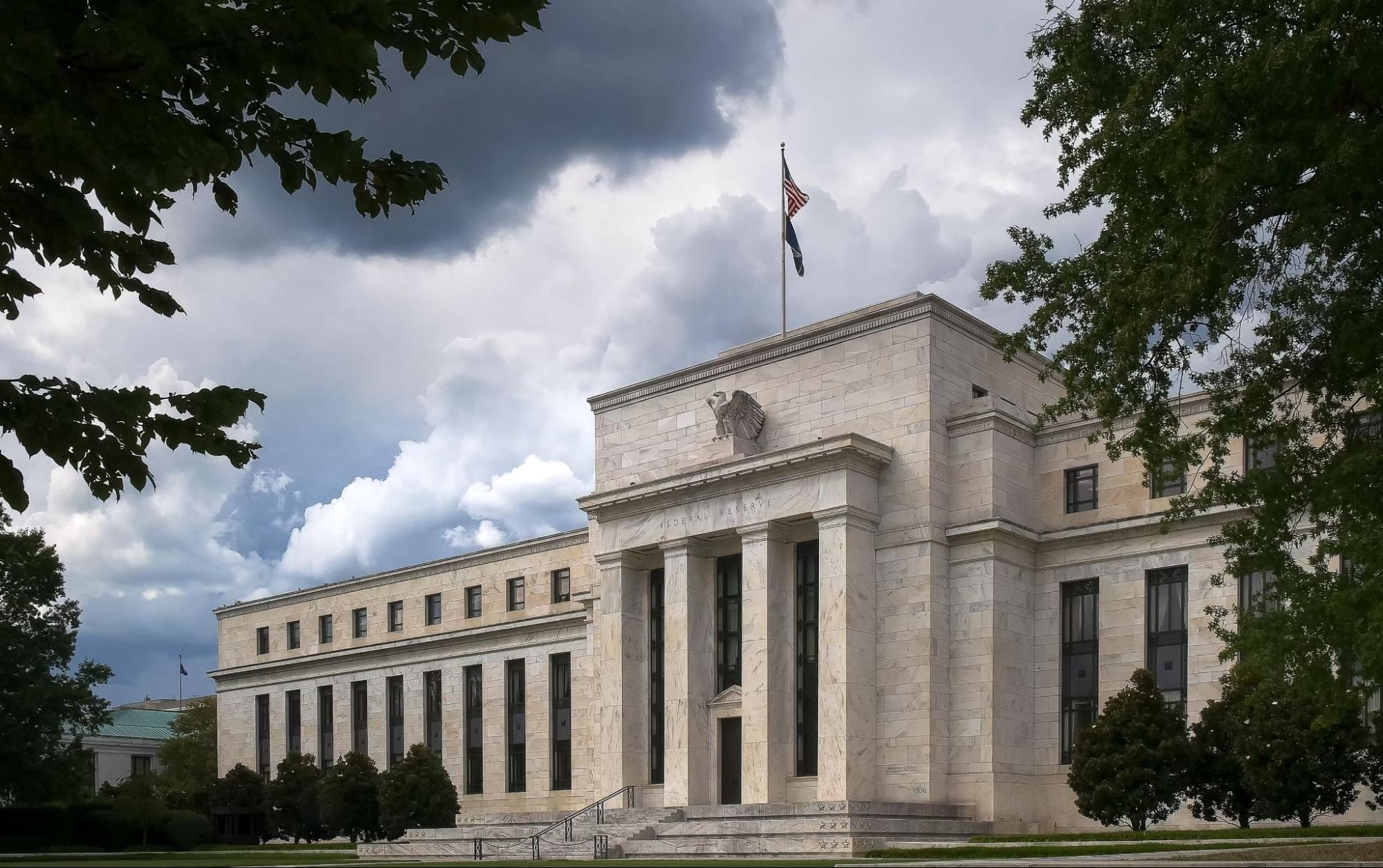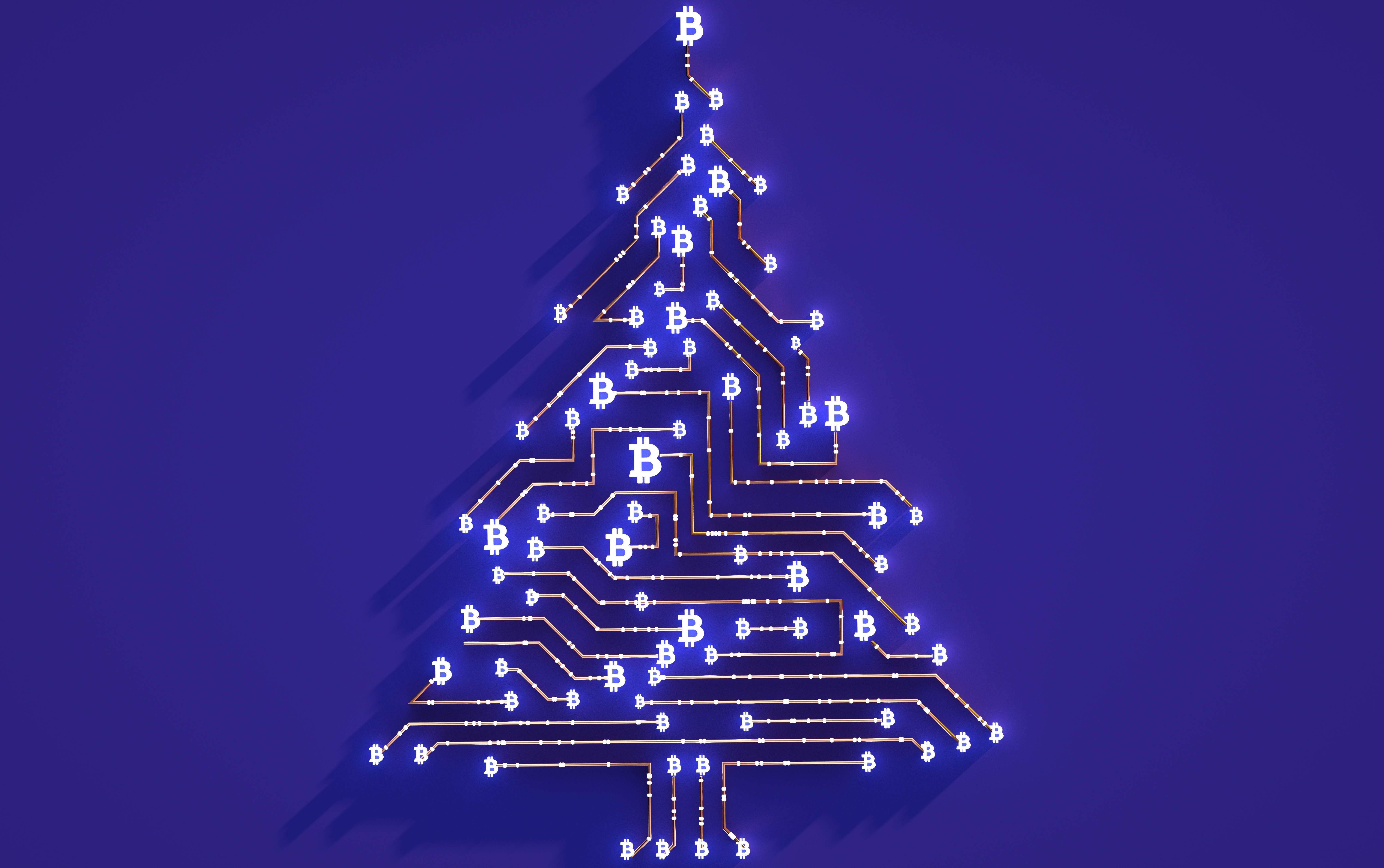4 countries leaning into crypto
There’s never a dull moment on the blockchain. Here’s what you need to know this week:
Global crypto adoption is on the rise. As historic inflation grips international economies, many are looking to crypto as a hedge.
Record funds are pouring into the metaverse. But what is the metaverse, exactly? We’re taking a look.
The week in numbers. One bitcoin miner’s crazy odds to mine a block, and other key figures to know this week.
WORLD'S HEDGE
Inflation woes may be driving crypto adoption in emerging markets — and in the U.S.
Last Wednesday, the U.S. reported a 7% jump in consumer prices (the highest yearly inflation spike since 1981!), Bitcoin rallied 3.3% to nearly $44,000, and crypto HODLers breathed a temporary sigh of relief. The largest crypto by market cap had seen a rocky start to 2022 as the Federal Reserve signaled (and then confirmed) it would unwind pandemic-era stimulus policies sooner than most had expected. With countries including Turkey and Brazil suffering even steeper currency devaluation, we’re digging into several ways that Bitcoin — which was designed to resist inflation — has come into play in a global economy beset by inflation and supply chain woes.
As Brazil’s inflation hovers above 10%, crypto is increasingly seen as an answer. Brazil’s second-largest city, Rio De Janeiro, plans to invest 1% of its treasury in crypto. Mayor Eduardo Paes joined Miami mayor and crypto advocate Francis Suarez to announce the plan, which may also allow residents to save on taxes paid in BTC. In other news: the country’s lone stock exchange plans to enter the crypto market and Brazil’s largest crypto exchange has tripled its users since 2020 — boosted by citizens trading $11.4 billion in U.S. dollar-pegged stablecoins last year.
Crypto adoption is accelerating in Turkey after inflation ballooned to 36% at the end of 2021. As the Turkish lira devalued at a record pace against the dollar — losing nearly half its value last year — crypto exchange volume in the country soared to an average of $1.8 billion a day in the fourth quarter of 2021. Beyond BTC, traders in Turkey have embraced Tether, the largest dollar-pegged stablecoin. On December 21, the lira spiked to nearly 60% of Tether’s total trading volume by currency.
Argentina, which has the highest inflation among major economies, has enabled crypto payments. Strike — the Lightning Network-powered Bitcoin payments app that helped El Salvador adopt Bitcoin as legal tender — launched in Argentina this week. The move came after Ethereum co-founder Vitalik Buterin met with Argentina’s former president in December to discuss how crypto could foster business in the country. According to a local survey, “two-thirds of Argentines who invest in crypto say they do so to protect their savings.”
In Mexico, leading supermarket and banking chain Grupo Elektra announced it would accept BTC payments. Real-estate transactions in BTC are also emerging there, with an apartment in the popular beachfront city of Tulum changing hands for 5.78 BTC (about $240,000) via the Latin American real estate platform La Haus. An exec at the firm said, “This shows that the way we buy a home is changing. Not only do we do it digitally, breaking geographical barriers, but now we do it by breaking monetary boundaries.”
Why it matters… Bitcoin, with its maximum supply of 21 million, was designed to resist inflation — and recent news seems to support both the inflation-hedge narrative and the cryptocurrency’s path to global adoption. A new Visa survey revealed that almost a quarter of small businesses across nine countries plan to accept crypto in 2022, with the number topping 30% in Brazil. And since January 2021, Bitcoin has appreciated by 34% against the U.S. dollar. Against the Argentine peso? It’s up a striking 60%.
ACROSS THE METAVERSE
Billions of dollars are flowing into the metaverse, but crucial questions remain
From Facebook’s name change to virtual real estate selling for real-world sums, the “metaverse” has become one of the moment’s defining buzzwords and crypto storylines. As projects focused on the metaverse are busy raising billions of dollars in venture funding, it’s worth taking a few minutes to drill down on some basic questions. What parts of the metaverse are connected to crypto? Are we all saying the same thing when we use the word, or are there many competing visions? Let’s take a closer look.
Every company seemingly wants a piece of the metaverse, a market some analysts expect to be worth more than $800 billion. Why? As Coinbase CEO Brian Armstrong describes it: “The earliest version of the internet, Web1, was about accessing static web pages. Web2 is about interactive, social experiences within closed ecosystems. And Web3 will be about digital ownership within an open, decentralized environment. The Metaverse is the distant evolution of Web3.”
There are many competing visions for how we’ll get there, and not all of them are connected to the crypto ecosystem. The hugely popular multiplayer game Roblox, for example, has attracted the likes of Nike and Paris Hilton to build virtual experiences on the platform. But Roblox lacks interoperability, meaning players can’t use their characters or items in other virtual worlds. Blockchain-powered virtual-world platforms like Sandbox and Decentraland (which have also attracted big brands like Adidas and Samsung) are aiming for an open metaverse in which NFTs, digital real estate, and virtual identities flow seamlessly across virtual worlds and markets without the need for intermediaries.
Microsoft’s $69 billion acquisition of “Call of Duty” maker Activision is being called a metaverse bet by company leadership. Meanwhile Blockchain gaming firm Animoca Brands just raised over $350 million to advance its mission of building an open metaverse that brings digital property rights to users via blockchain tech and NFTs. Nvidia, a leading gaming chip maker, just unveiled Omniverse — a.k.a the “metaverse for engineers” — which is a collaboration platform that allows engineers and designers to work together on projects in virtual worlds.
Walmart is planning a metaverse foray, featuring its own cryptocurrency and NFTs. And major fashion brands like Ralph Lauren and Gucci have signaled that virtual clothes for digital avatars is going to be a major area of business growth. Even the NBA is experimenting in the metaverse, with live games available to watch in virtual reality via Meta’s Oculus Quest 2 headset.
The smart-contract compatible Solana blockchain is emerging as a favorite for metaverse developers. The Metaplex Foundation, which is aiming to expand the use cases of Solana NFTs, just raised $46 million from investors including Michael Jordan. Meanwhile, Solana Ventures, the strategic investment arm of Solana Labs, recently announced a $150 million fund aimed at funding blockchain-based gaming.
Why it matters… As we hurtle toward “Ready Player One”-style virtual lives, many questions remain — from technological obstacles to basic questions around whether the metaverse will be built on open, interoperable Web3 protocols or consist of a series of “walled gardens,” or closed ecosystems. Amid all the buzz — and the inflow of venture funds — it’s important to remember that these are very early days, particularly for the metaverse’s more experimental and open neighborhoods. Decentraland, for example, recently sold a plot of virtual land for a record $2.4 million — but it averages fewer than 2,000 users at any given time.
NUMBERS TO KNOW
$3.6 billion
Monthly trade volume for top NFT marketplace OpenSea as of January 17 — far outpacing August 2021’s record of $3.4 billion. Meanwhile, the total NFT economy saw over $3 billion in sales in just the last week.
933
Number of selfies that Indonesian college student Ghozali Ghozalu, 22, sold via his NFT collection “Ghozali Everyday.” Ghozali, who has taken a selfie each day since he was 18, sold the images for about $3 a piece earlier this month. Last week, the project went viral on Twitter. Since then, sales volumes have topped 374 ETH (around $1.2 million). What’s next? His most important selfie yet: “This year hopefully I will graduate from college and be able to take my graduation photo.”
835 DOGE
Price of Tesla’s Giga Texas Belt Buckle (as of January 18) via the company’s online shop — after Elon Musk tweeted “Tesla merch buyable with Dogecoin" last week. Other items include the Cyberwhistle (300 DOGE), the S3XY mug (150 DOGE), and the now-sold-out Cyberquad for Kids (12,020 DOGE).
1 in 1.36 million
Estimated odds a lucky amateur miner overcame on January 10 to add a new block of data to Bitcoin’s blockchain and claim a 6.25 BTC block reward (worth about $260,000 as of January 17). In Bitcoin’s early years, anyone with a decently powerful PC could feasibly participate in mining; these days the industry is powered by vast mining farms full of specialized equipment. Individuals are still welcome to join the network, but the odds of winning against corporate miners like Marathon Digital (which recently invested nearly $1 billion in mining equipment) are extremely long.
TUNE IN
Reddit co-founder Alexis Ohanian breaks down crypto’s potential to evolve the internet with Web3
On this week’s episode of Coinbase’s Around The Block podcast, Reddit’s Alexis Ohanian joins hosts Justin Mart and Katherine Wu for an AMA about all things Web3. Ohanian — one of Web2’s most prominent builders — discusses the significance of digital ownership and parallels between early Reddit and the community-driven aspects of the internet’s next evolution.
TOKEN TRIVIA
What does a crypto wallet do?
A
Stores your private key
B
Allows you to send, receive, and spend crypto
C
Enables you to engage with DeFi and decentralized apps
D
All of the above
Find the answer below.
Trivia Answer
D
All of the above











